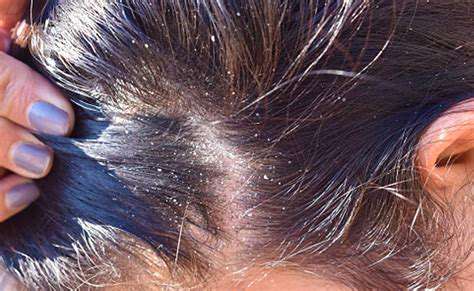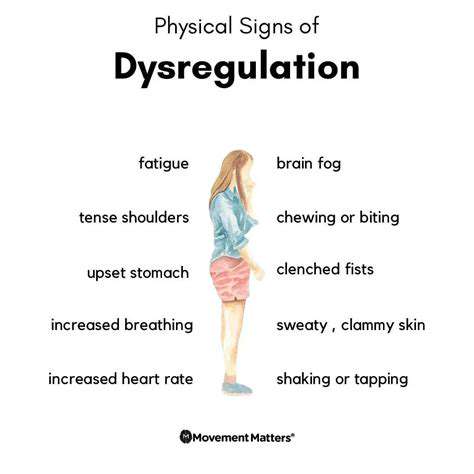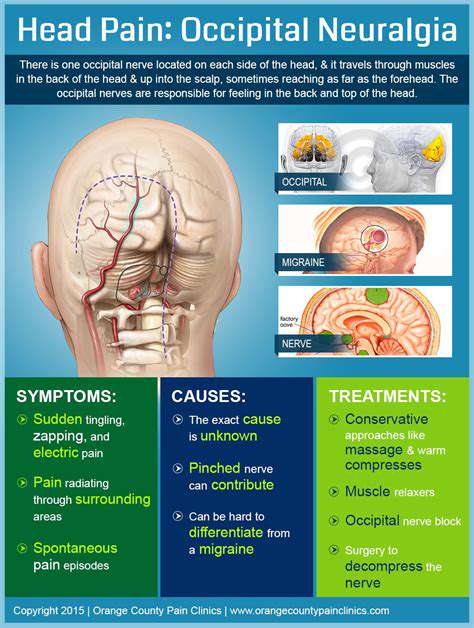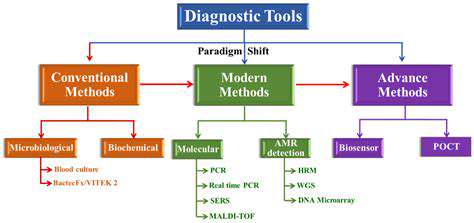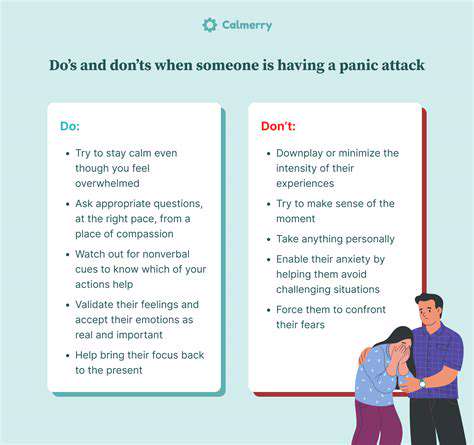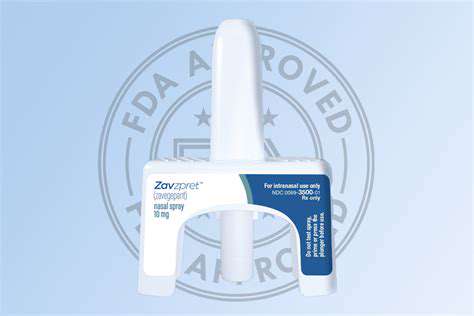Common Headache Types Explained: From Tension to Cluster
Migraines: Pulsating Pain and Associated Symptoms
Understanding Migraine Pain
Migraine pain typically manifests as a rhythmic pounding, usually concentrated on one side of the head. This discomfort often reaches levels that make routine tasks impossible, frequently paired with nausea, vomiting, and extreme sensitivity to sensory stimuli. Recognizing the unique characteristics of the pain - including its specific location and severity patterns - proves vital for proper identification and treatment.
The distinctive pulsating nature of migraine pain differentiates it from other headache types. Many sufferers describe it as an internal hammering that fluctuates in strength, sometimes intensifying to the point of complete incapacitation.
Associated Symptoms: Beyond the Headache
The migraine experience extends far beyond cranial pain. Many individuals struggle with debilitating nausea that can lead to vomiting, creating additional physical distress. Environmental factors become problematic too, with normal lighting and everyday sounds transforming into unbearable assaults on the senses.
Approximately one-third of migraine sufferers experience neurological warnings called aura before the headache begins. These may include flashing lights in vision, peculiar numbness, or tingling sensations. Since aura symptoms vary dramatically between individuals, they serve as important diagnostic clues for healthcare providers.
Triggers and Potential Causes
Migraine attacks rarely occur without provocation. Common instigators include emotional stress, irregular sleep schedules, specific dietary items, and even atmospheric pressure changes. Keeping a detailed symptom diary often helps identify personal triggers through careful pattern recognition.
While researchers continue investigating migraine origins, current understanding points to complex interactions between genetics, hormonal changes, and neurological processes. The precise mechanisms remain partially understood, making ongoing research crucial for better treatments.
Diagnosis and Treatment Options
Proper migraine identification requires professional evaluation. Physicians typically review medical history, assess symptom patterns, and sometimes perform examinations to exclude other conditions. This diagnostic process ensures appropriate treatment strategies.
Therapeutic approaches range from common pain medications to specialized prescriptions, often combined with lifestyle adjustments. Preventative measures like stress reduction techniques and trigger avoidance frequently prove more effective than treating attacks after they begin. Many patients benefit from customized combinations of these approaches.
Impact on Daily Life
Migraine's disruptive potential extends across all life domains - professional, academic, social, and personal. The combination of severe pain, nausea, and sensory hypersensitivity creates barriers to normal functioning. Perhaps most challenging is migraine's unpredictability, which fosters constant uncertainty about when the next attack might strike.
Developing effective coping strategies requires acknowledging migraine's comprehensive impact. Support networks and professional resources can provide valuable tools for managing this chronic condition's challenges.
When to See a Doctor

When to Seek Immediate Medical Attention
Certain symptoms demand urgent medical intervention, including sudden onset of severe pain, chest pressure, breathing difficulties, loss of consciousness, or uncontrolled bleeding. These indicate potentially life-threatening conditions where delayed treatment could prove disastrous.
When facing such situations, contacting emergency services immediately often makes the difference between complete recovery and permanent damage. Hesitation can have serious consequences.
Symptoms Warranting a Doctor Visit Soon
Several concerning symptoms, while not emergencies, still require prompt medical evaluation. These include persistent high fever, coughing that worsens over time, digestive disturbances lasting more than a few days, unexplained body changes, or new skin abnormalities. These manifestations might signal developing conditions needing early intervention for optimal outcomes.
Chronic Conditions and Regular Check-ups
Individuals managing ongoing health issues like hypertension or diabetes benefit tremendously from scheduled monitoring. These visits allow treatment adjustments before problems escalate and provide opportunities for preventive care discussions.
Consistent health monitoring represents one of medicine's most powerful preventive tools. This proactive approach frequently prevents minor issues from becoming major health crises.
Concerns about Medications or Treatments
Patients experiencing unexpected reactions to prescribed treatments should promptly consult their healthcare providers. Medication adjustments or alternative approaches may be available to address concerns while maintaining therapeutic benefits.
Open communication about treatment experiences ensures medication regimens remain both effective and tolerable. This dialogue forms a crucial component of quality healthcare.
Changes in Physical Function or Mental Well-being
Significant shifts in physical capabilities or emotional states warrant professional evaluation. Whether experiencing persistent exhaustion, unexplained weakness, prolonged sadness, or heightened anxiety, these changes often indicate underlying issues needing attention.
Early identification of physical or mental health changes dramatically improves prognosis for many conditions. Professional assessment helps determine appropriate next steps.
Questions about Health Conditions or Family History
Individuals with family histories of specific illnesses or personal health concerns should schedule consultations. Healthcare providers can interpret risk factors, recommend appropriate screenings, and suggest preventive measures.
Understanding inherited health risks enables personalized prevention strategies. This knowledge empowers individuals to make informed health decisions.
When to Follow Up After an Illness or Injury
Post-treatment monitoring ensures complete recovery and identifies potential complications early. This proves particularly important when symptoms persist or new concerns emerge during healing.
Proper follow-up care bridges the gap between initial treatment and full recovery. It provides opportunities to address lingering issues before they become serious problems.
